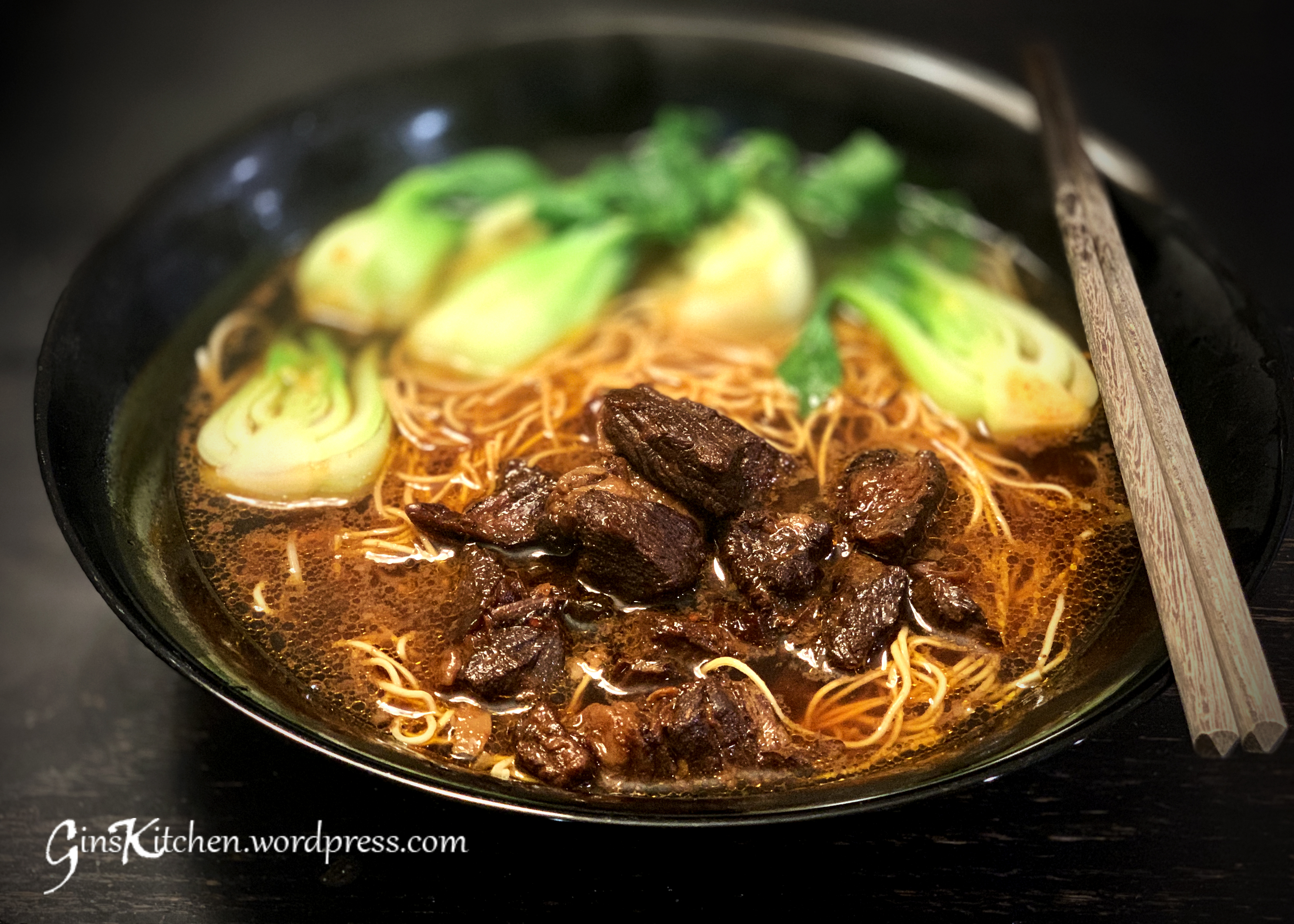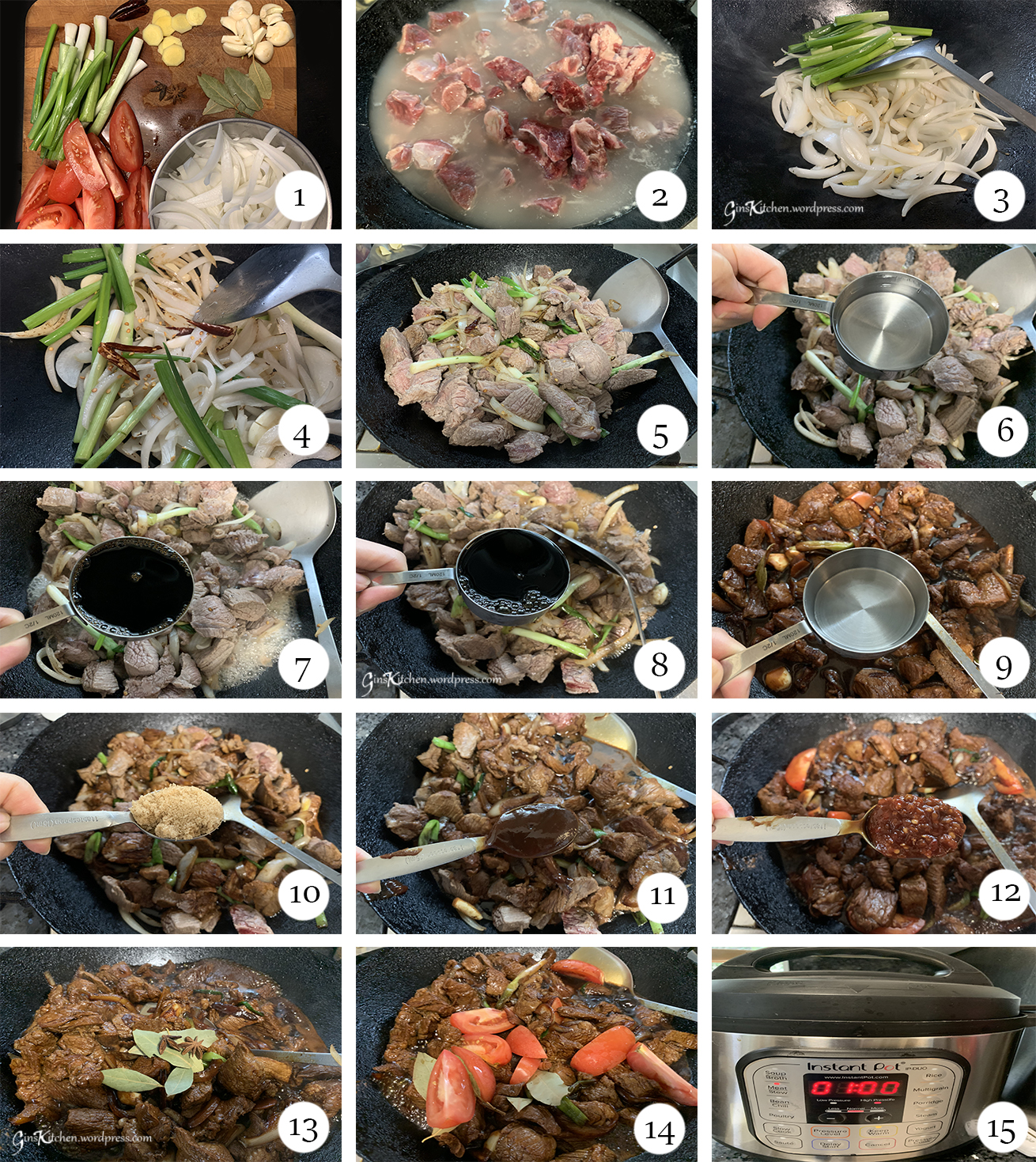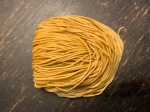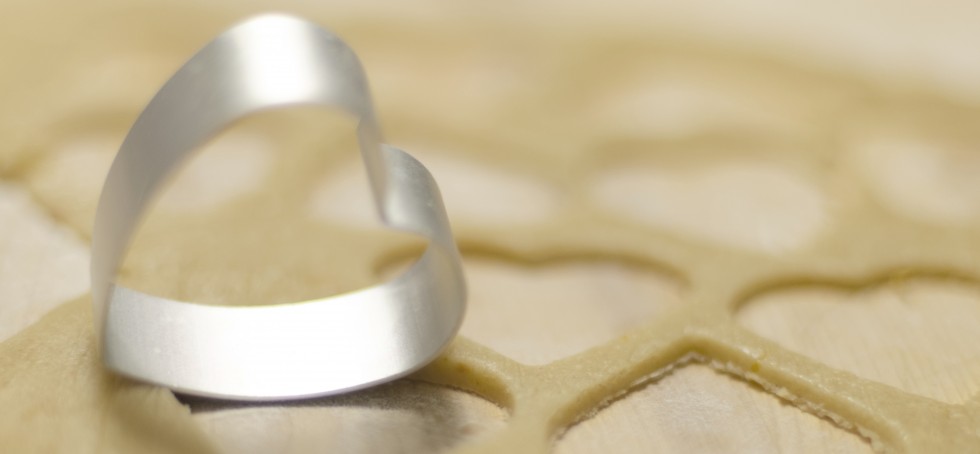
It has been raining for a few days already. When the weather is cold and wet, a bowl of hot beef noodle soup sounds very comforting. Noodles are very popular in China, as there are many ways of cooking noodles. They can be served with sauce or in soup, as well as pan fried or deep fried until crispy. My favorite way of cooking noodles is to make it in soup.
Beef stew usually takes at least 2 hours to simmer on the stove top, until tender. However, if you use a pressure cooker, the cooking time can easily be reduced in half. I’m using my favorite Instant Pot for this dish. Once everything is in the pressure cooker, I can sit back and relax.
Ingredients for Beef Stew (8 servings):
| 4 pounds | Beef stew meat |
| 6 stalks | Green onion |
| 8 slices | Fresh ginger |
| 2 whole | Anise star |
| 10 | Garlic cloves |
| 1 | White onion |
| 3 | Tomatoes |
| 5 leaves | Bay leaf |
| 2 | Red chili (either fresh or dried) |
| 3 Tbsp | Brown sugar |
| ¾ Cup | Light soy sauce |
| ¾ Cup | Dark soy sauce |
| 1 ½ Cup | Rice cooking wine |
| 1 ½ Cup | Water |
| 2 Tbsp | Ground Bean Paste (磨鼓醬) |
| 1-2 Tbsp | Chili Bean paste (depending on how spicy you want) |
Ingredients for noodle soup (4 servings):
| 8 Bundle | Shrimp noodles/Rice noodles |
| 8 Cups | Chicken broth |
| 2 Cups | Bok Choy |
| 1 tsp | Salt |
Directions for making Beef Stew:
- Slice the onion, peel the garlic, halve the red chilies, halve the green onions, slice the ginger root, rinse the star anise and bay leaves. Set aside (Picture 1)
- Bring a large pot of water to a boil, put 4 slices of ginger in the water. Add beef into the pot and cook for 5 minutes. Discard the water and rinse beef under running tap water. Set aside. (Picture 2)
- Add a little oil to the wok, fry onion, garlic, green onion, remaining ginger and red chili. (Pictures 3 & 4)
- When onion is a little brown, add in beef and stir for 2 minutes. (Picture 5)
- Pour in cooking wine, light soy sauce, dark soy sauce and water. (Pictures 6-9)
- Add brown sugar, ground bean paste, chili bean paste, bay leaves and star anise. (Pictures 10-13)
- Add in tomatoes and stir well. (Picture 14)
- After the sauce is boiled, transfer everything to the Instant Pot (Pressure Cooker). Select “Meat Stew” and set timer for 1 hour. Turn knob to the “sealing” position. (Picture 15)
- When finished cooking, do a quick pressure release before you open the lid.

Directions for making noodles in soup:
Noodles may be cooked from either their fresh or dry forms. Below is a picture of the dried shrimp noodle.

- Bring a large pot of water to a boil and cook the noodles according to the package instructions. Remove noodles from the pot and rinse it under cold water.
- Add 8 cups of chicken broth to a pot and bring to a boil. Add a teaspoon of salt for taste. The broth can be a little light as we are going to add in a few spoons of the sauce from the beef stew.
- When the broth is boiling, add bok choy and cook for 1 minute.
- Put noodles and broth in a large bowl, lay bok choy on top and add some beef and its sauce to your bowl of noodles. Garnish with cilantro or green onions.

















































